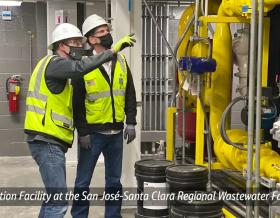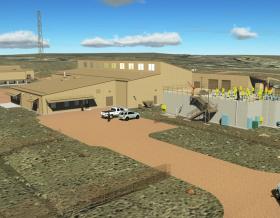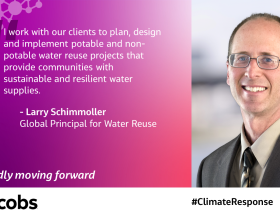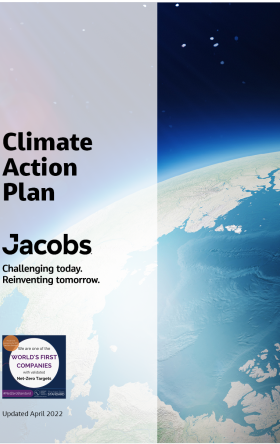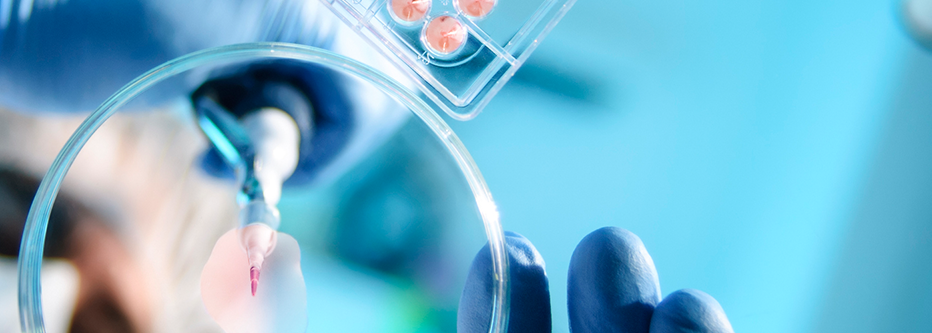
With an increase in the number of ATMP (Advanced Therapy Medicinal Products) reaching the market, solutions providers are delivering facilities with the flexibility to manufacture a varying range of products.
When it comes to the design and operation of multi-modal facilities, adhering to evolving regulatory requirements across varying jurisdictions is a key consideration.
This article focuses on the regulatory requirements needed to support the production of the following types of therapies and treatments. The specific manufacturing requirements for each therapy is detailed in the Appendix below:
- Autologous and allogeneic CAR-T cell therapy
- Stem cell therapy
- Gene therapy and viral vectors
- Oligonucleotides
- Messenger RNA (mRNA)
- Monoclonal antibodies (MABs)
- Plasmids (the pDNA modality)
Regulatory agencies
It is important to understand which agencies are tasked with regulatory oversight of this emerging field. In the U.S., manufacturing of FDA-approved cellular therapies is reviewed by the Division of Cell and Gene Therapies in the Office of Cellular Tissue, and Gene Therapies.
Under the auspices of the European Medicines Agency (EMA), the Committee for Advanced Therapies (CAT) plays a central role in the scientific assessment of advanced therapy medicines. It provides the expertise needed to evaluate advanced therapy medicines.
Other regulatory agencies may also need to assess projects depending on the types of modalities that are planned for the facility and the facility’s location and the markets for the products.
Key modality requirements
When planning a multi-modal facility, it is crucial to identify the process and facility requirements for each modality and to determine how manufacturing could scale. Multi-modal facilities offer a high degree of flexibility. With the potential to add more modalities in the future, there may be a need to consider a phased approach.
A key modality requirement is sterility as these medicines are delivered to patients in intravenous form. However, the cell therapy products, which must be sterile, cannot be sterile filtered as part of formulation, nor terminally sterilized in their final containers. For example, this is the case in cell therapy processing.
The absence of terminal sterilization means that solutions providers need to consider at the outset what process steps will be open versus closed, where are they going to be performed, and what impact these steps will have on room classification, pressurization and segregation.
For pressurization, there is a need to look at biosafety requirements and the handling of different organisms, with a focus on:
- Establishing the biosafety boundary.
- Clarifying where pressurization starts and consideration of the use of bubbles and sinks.
- Segregation of entry areas into process suites and the resulting pressure sink on exit sides.
Biosafety requirements for multi-modal facilities are mainly focused on the need to deliver Biosafety Level 2 (BSL2) for viral vectors. In some instances, where BSL2’s mechanical or fixed-facility requirements and Biosafety Level 3 (BSL3)’s additional operational requirements are needed, solutions providers need to consider a BSL2+ designation for a facility.
And for production suites, it is important to define whether it will be dedicated to a single modality, or will it operate on and be flexible for campaign manufacturing.
Increasingly, these facilities are using single-use systems, so there is also a need to consider cleaning, sterility and waste handling. It’s also important to consider the different flows; the need for them to be unidirectional or bidirectional, and whether there is crossover. These factors are critical to and impact product quality.
Regulatory requirements
From a regulatory perspective, solutions providers need to determine whether a multi-modality facility will produce at clinical or commercial levels – and whether clinical output will be phase one or two. Typically, U.S. and European regulatory agencies offer a degree of flexibility for these phases, compared to phase three and commercial production.
Regardless of the jurisdiction, a common regulatory requirement is that a quality risk assessment is undertaken to confirm that all required preventative controls have been implemented and are being addressed.
Best practice in this regard will include analysis of the risk to product contamination - in the process room and its flows - cross contamination; microbial contamination and viral vector contamination. Mitigating the risk around mix-up is especially important in relation to autologous manufacturing, where there may be multiple stations in a common process room for different patients.
Quality risk assessment
The most effective strategy to drive the quality risk assessment focuses on defining each process step; identifying the operations that will be performed, and analysis of the exposure risk to the environment at each step. As part of this approach, it is necessary to look at high risk - the potential for product contamination - medium risk and no risk. A no-risk scenario is most applicable in a closed system or through a dedicated process.
It is also important to define what deviations could lead to contamination during those process steps. For example, a deviation could be the result of an error by staff or a malfunctioning connection.
Once the deviations are defined, the risk assessment also needs to identify control measures that will prevent deviations from occurring. The assessment should also recommend whether any additional procedural or facility controls should be implemented to further help mitigate risk.
Also underpinning the risk assessment will be agreed data and segregation principles. These factors will be based on GMP requirements and/or industry best practices and will help to prepare the risk profile. Throughout the project life cycle, the risk profile needs to be regularly re-assessed to ensure that the control measures are still appropriate.
Conclusion
The increase in ATMP medicines requires a flexible approach to manufacturing. In response, solutions providers are delivering multi-modal facilities that must adhere to evolving, cross-jurisdictional regulatory requirements.
In the planning stage, there is a need to understand each modality’s requirements, with a focus on sterility, pressurization and biosafety levels. More broadly, it is important to establish whether a facility may add more modalities in the future and whether production suites will manufacture single modalities or will be deployed for campaign manufacturing.
With many ATMP medicines moving rapidly from clinical to commercial stages, regulatory best practice will require that a quality risk assessment is delivered. As part of this analysis, potential contamination and deviations will be identified, supported by control measures to mitigate those potential risks.
Throughout the project that risk profile needs to be regularly re-assessed, ensuring that the strong pipeline of ATMP medicines continues to reach patients, faster.
- Autologous CAR-T cell therapy follows a process where a single patient donates their cells, which will then go through a series of steps – isolation/selection, culture activation, genetic modification, cell expansion and harvest . The drug product is then filled and sent back to a single patient. Autologous follows a scale-out process as only a single patient can be processed at a time.
- Allogeneic CAR-T cell therapy is similar from a process perspective to autologous CAR-T cell therapy. The key difference is that a healthy donor will donate their cells, which are compatible with several patients. It goes through the same process steps as autologous cell therapy with the exception that the cell expansion step is larger because more doses can be produced for multiple patients. Allogeneic uses similar equipment to autologous, with the cell expansion and harvest equipment sometimes larger in scale.
- Stem cell therapy is an emerging modality, where donor cells or a donor cell bank is used to scale up. Increasing capacity - up to 500 liters - is being driven by therapies for type one diabetes, with potential for stem cell therapy to scale up to 2,000-liter capacity. Stem cell therapy processes are different than CAR-T as the genetic modification step is done using a series of differentiation media versus the use of a viral vector or mRNA. As stem cell therapy moves towards greater capacity a key consideration is the ability to follow freezing and thaw steps and being able to get therapy to the patient quickly.
- Gene therapy and viral vectors. The key difference in manufacturing these therapies in contrast to fed-batch monoclonal antibodies is that viral vectors have a transfection step that uses plasmid for genetic modification. In contrast, gene therapy actually uses the viral vector for transfection. The equipment is similar to monoclonal antibodies, with up to 2,000-liter single-use bioreactors for scale. Another key difference is that the yields are quite low and the purifcation equipment tends to be smaller in scale.
- Oligonucleotides is a popular emerging ATMP area. The purification process is similar to other modalities, but dissimilar on the front end with chemical synthesis that involves heavy solvent use.
- Messenger RNA (mRNA) and the related lipid nanoparticle assembly (LNP) rose to prominence due to the development of the COVID vaccine. Now it is being redeployed across a range of therapeutic areas. It is a cell-free system and uses linearized plasmids as raw material. The equipment used to manufacture mRNA is common to other traditional biotech equipment, as well as gene therapy and viral vectors. A bioreactor is not necessary, but single-use mixers are common.
- Monoclonal antibodies (MABs) are produced using continuous processing, moving away from larger batch-scale production. This enables manufacturers to squeeze these types of operations into a much smaller footprint that is much more congruent with other modalities.
- Plasmids (plasmid DNA) offer the promise to be used as a drug product. However, its most common use is still as a critical raw material for the manufacturing of viral vectors and to support cell therapy programmes. It has become an essential critical raw material within the realm of newer modalities.
About the author

Francesca McBride has over 30 years of experience in biopharmaceuticals. She has provided regulatory compliance and validation expertise to clients seeking facility and product licensing or accreditation by regulatory agencies, including the U.S. Food & Drug Administration, National Institutes of Health, Centers for Disease Control & Prevention, the World Health Organization, and more internationally.
From the media
Pharma Manufacturing: How universal design can deliver facilities of the future
European Pharmaceutical Manufacturer: Building A Sustainable Future for the Biopharma Industry
Pharma Manufacturing: Powering Progress in Cell Therapy – Francesca McBride
PharmaTech: Overcoming Operational and Regulatory Challenges in Autologous Cell Therapy Facilities - Francesca McBride
Pharma Manufacturing: Engineering Angles: A flexible future, Brian Ribnicky

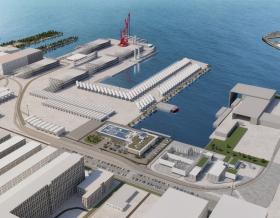





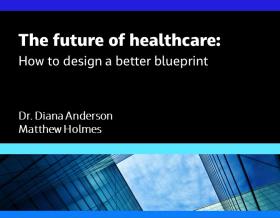



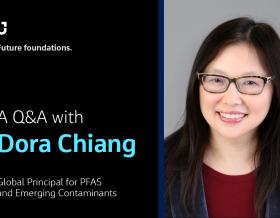
2c4e.jpg?h=c7c14dee&itok=FmPI2126)



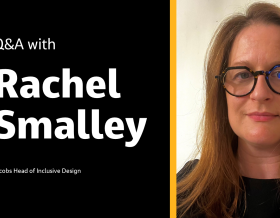
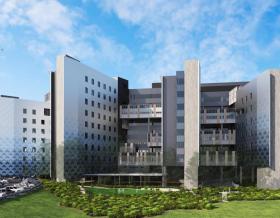
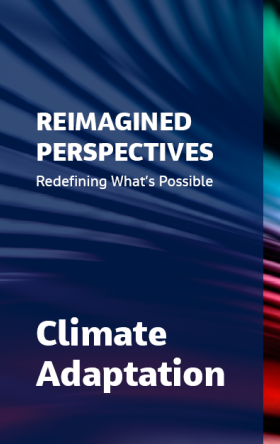
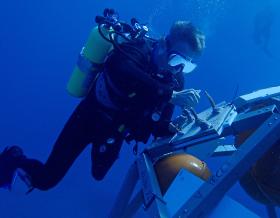

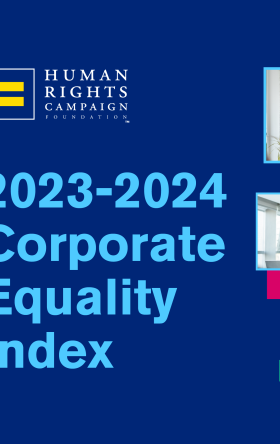









_0ac2b.jpg?h=8a6d63f3&itok=5vsqFiQH)

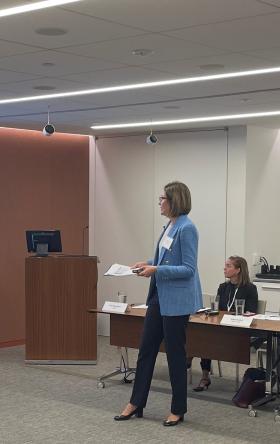

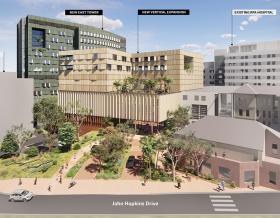





2747.png?h=1314d3d4&itok=rFs9mG95)

